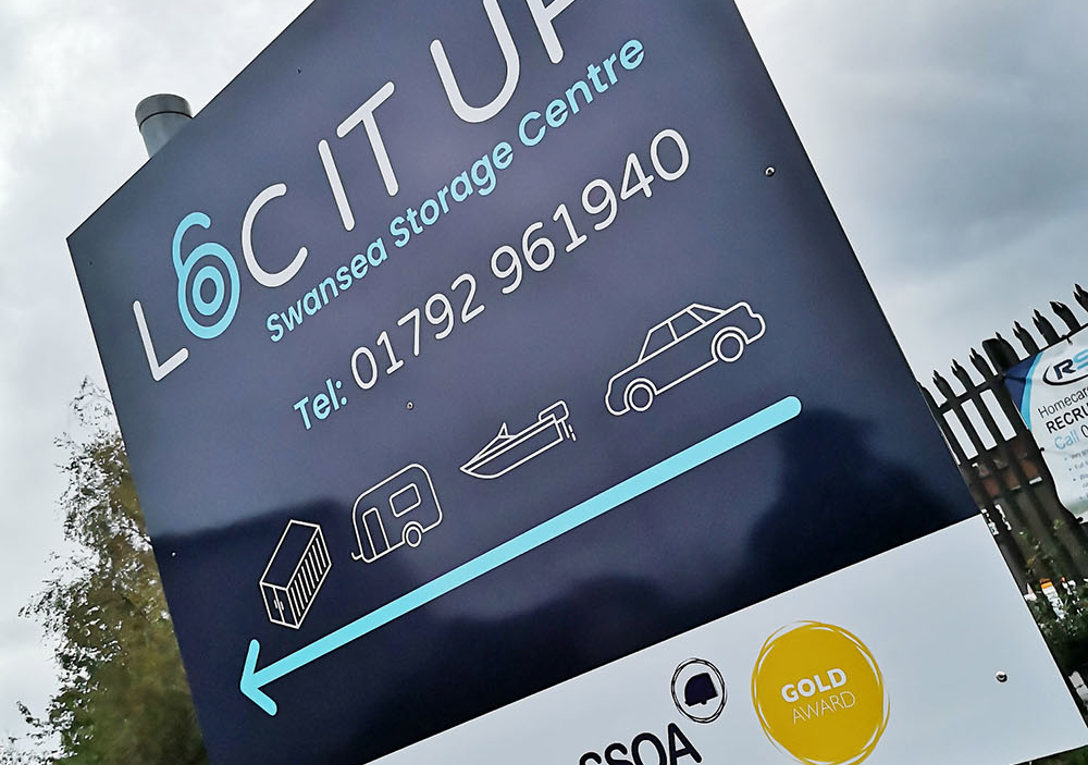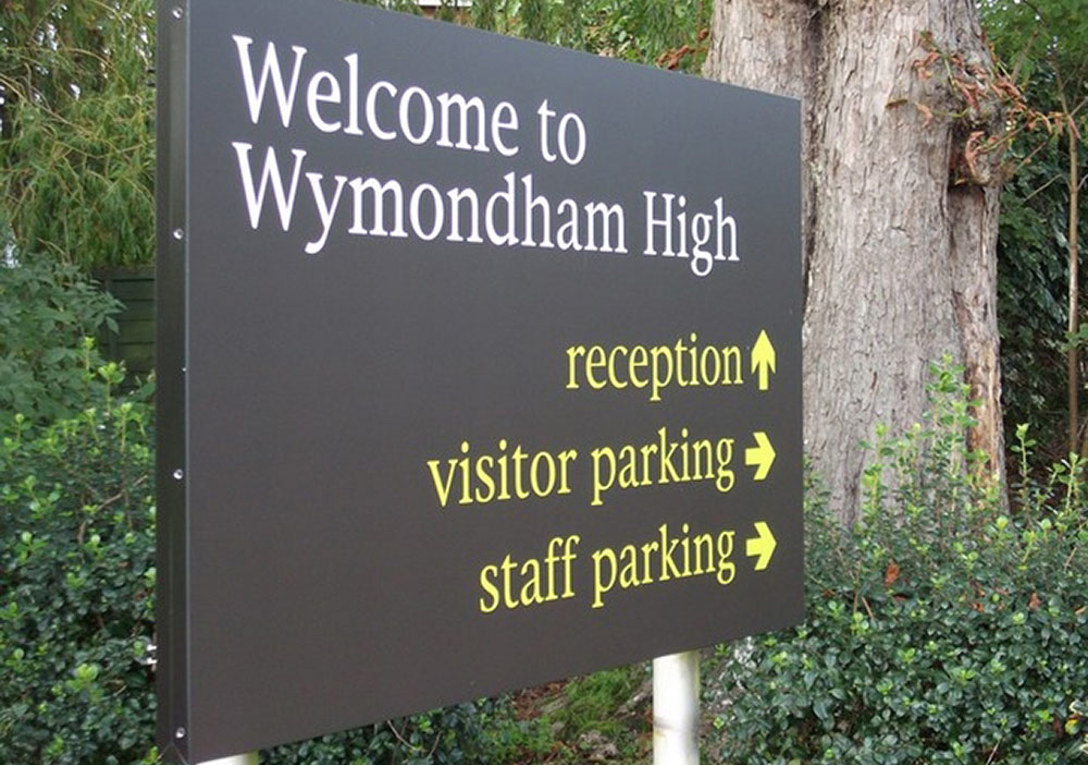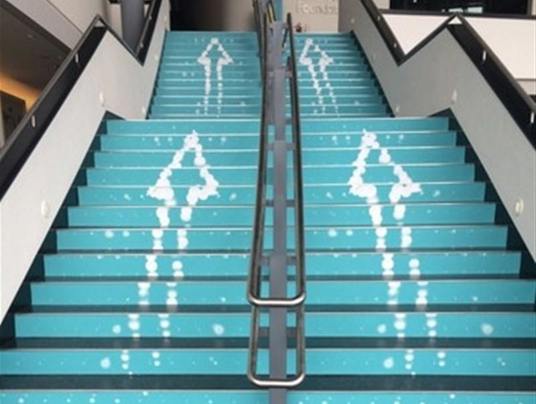Wayfinding is an umbrella term that describes the problem-solving process people go through when they need to navigate a physical space. Within this process, along with information gathering, landmarks, and environmental cues, wayfinding signage is one of the tools people use to both orient themselves and navigate successfully to their destination.
Wayfinding systems answer typical questions like:
- Where am I?
- Am I close to where I need to be?
- How did I get here?
- How do I get somewhere?
At the very heart of it, wayfinding signage is about navigation. But it can also introduce a brand’s unique tone of voice, contribute to storytelling, and invoke specific emotions in your visitors. It typically includes words and symbols that tell people where they are and how they get to their destination.
Directional signage is part of the wayfinding signage family but is distinguished by the inclusion of a ‘directional element’, such as arrows that tell people whether they need to turn left, right or carry on straight ahead.














































